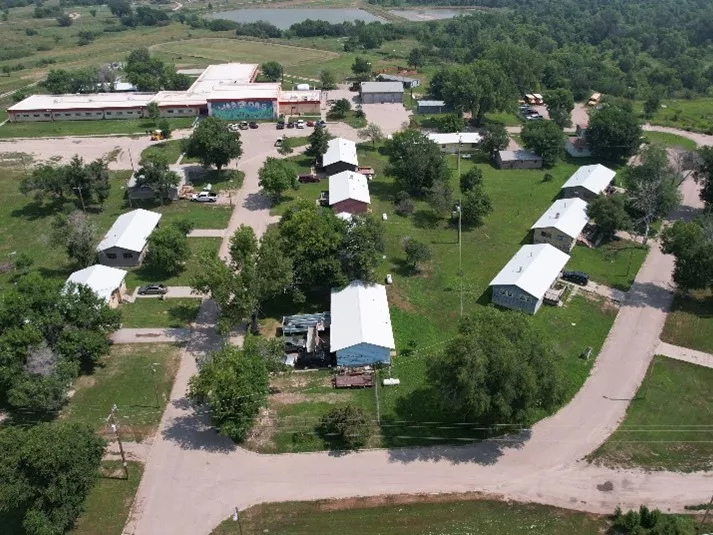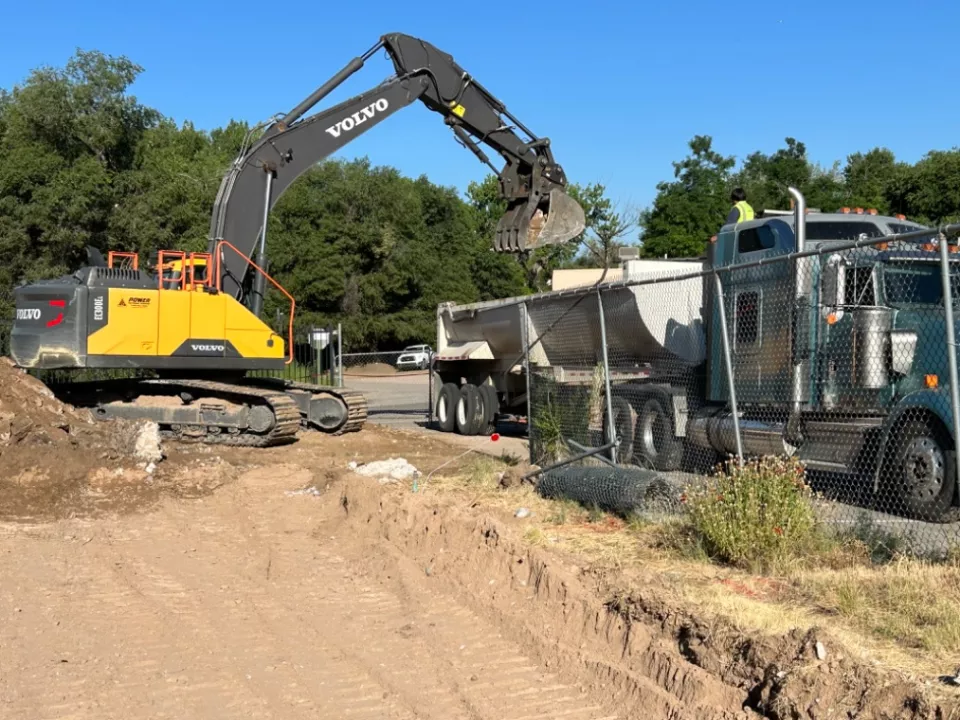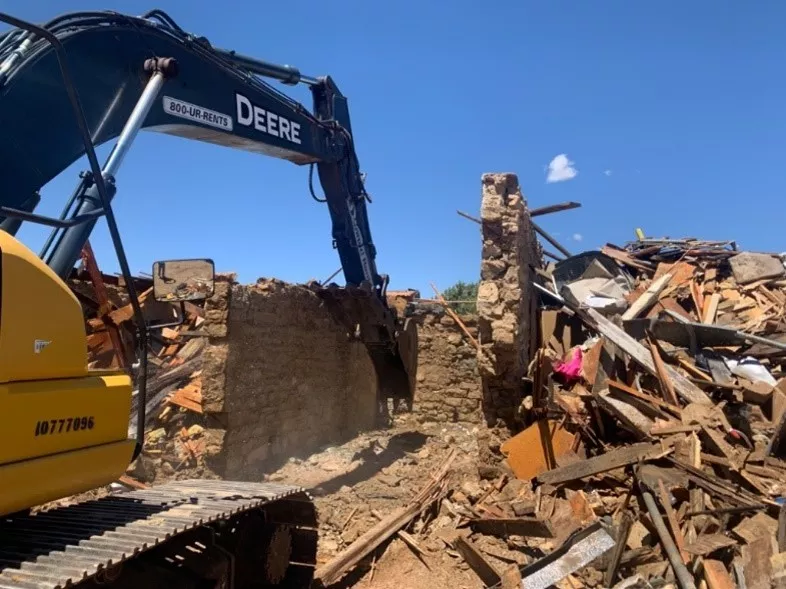BIE Spotlights
-
Many Farms High SchoolImage

The project at Many Farms High School, located in the heart of the Navajo Nation in Arizona, is consolidating current education programs housed in multiple buildings throughout campus into a single, energy-efficient facility. The Bureau of Indian Education project helps to improve safety, reduce annual operating costs, improve Americans with Disabilities Act accessibility, and create a safe and positive environment that is conducive to learning.
-
Shonto Preparatory SchoolImage

Shonto Preparatory School, located in the heart of the Navajo Nation in Arizona, serves students from kindergarten through 8th grade. This project will replace the school campus buildings, consisting of seven main buildings and several smaller support structures. The new academic facilities will maintain the highest possible level of water and energy conservation design using Leadership in Energy & Environmental Design Silver guidelines. The project is one of two GAOA projects at the Shonto School and will address major site infrastructure, such as replacing the 60-year-old water distribution and sewer systems.
-
Wounded Knee SchoolImage

Wounded Knee District School, affiliated with the Lakota Sioux Nation and located in South Dakota, serves kindergarten through 8th grade students. This project replaces the existing campus, which consists of six major buildings and three minor support structures, with new Leadership in Energy & Environmental Design Silver-designed academic facilities that meet the Federal Sustainable Building requirements. This project includes the replacement of key infrastructure, such as the 60-year-old water distribution and sewer collection systems. It also enhances site drainage to divert water away from the school building, reconstructs roads, parking lots, and sidewalks, and installs a security fence to boost safety. The new academic facilities on campus will help ensure the success of students and faculty and reduce ongoing operations and maintenance costs.
-
Education Demolition Project in the Navajo RegionImage

This project is demolishing 173,556 feet of excess buildings, which are currently uninhabitable and unsafe, at six schools in the Navajo region in Arizona and New Mexico: Pinon Community School, Nenahnezad Boarding School, Red Rock Day School, Greyhills Academy High School, Tonalea (Red Lake) Day School and Atsá Biyáázh Community School. Removing these buildings will improve safety for students, teachers and staff.
-
Education Demolition Project in the Southwest RegionImage

Excess buildings at Bureau of Indian Education-funded schools can pose safety hazards, be energy inefficient, and diminish students' learning environments. This project demolished 9,613 square feet of excess buildings. It remediated the building sites at three schools in New Mexico: Ohkay Owingeh Community School, Haak’U Community Academy and San Felipe Pueblo Elementary School. Removing these buildings improved safety, decreased nuisance issues, and enhanced the aesthetics of school sites for students, teachers, and staff.
-
Western Education Super-DemoImage

This project demolished 16,799 square feet of excess education buildings at two schools in Arizona’s western region: Hotevilla Bacavi Community School and Santa Rose Ranch School. Removing these buildings improved the safety and learning environment for students, teachers, and staff.


